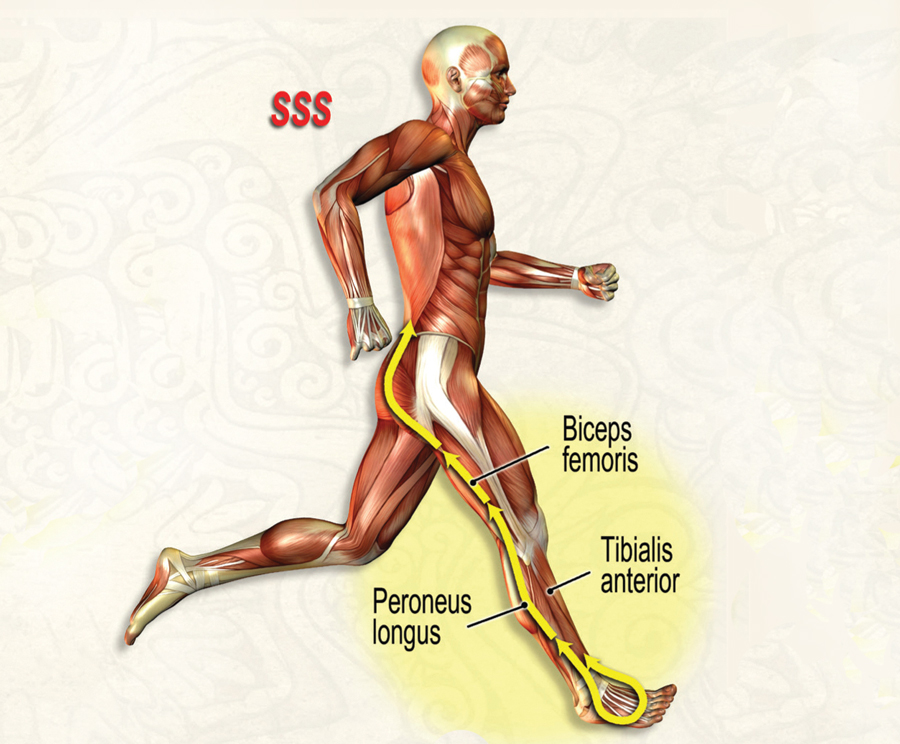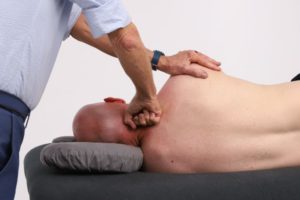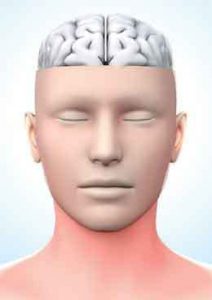The plantar fascia is more than just a passive band of connective tissue originating at the calcaneal lip and attaching distally to the toes (Image 1.)

The plantar fascia and underlying muscles are part of an eloquent tensegrity spring system that uses a windlass mechanism to effectively absorb shock and spring us upward and onward (Image 2.).
In a perfect walking stride, the arch elevator muscles (tibialis anterior, peroneus longus and tibialis posterior) work in perfect harmony with the plantar-flexors (gastroc, soleus, etc.) to absorb, distribute and release stored kinetic energy. On heel strike, the arch elevators must fire eccentrically to decelerate and dissipate ground reaction forces via foot pronation and internal tibial rotation.
As the foot transitions from midstance into push-off, the toes begin to dorsiflex causing activation of the plantar fascia and associated muscles. With our feet acting as springs, absorbing and transferring the forces of gravity, it is a remarkably efficient system. Yet, when gait is altered from wearing cushioned footwear such as tennis shoes, the dynamic function of the menagerie of muscles and bundle of bones upon which we rely, changes. Our protective shoes, with all their arch support, may actually be the root cause for why a ballooning proportion of Americans suffer from flattened arches and plantar fasciosis. As we adapt, so do our feet and brain—for better or worse.
Studies find that children who wear footwear at early ages experience a greater incidence of flat-footedness and plantar fasciosis later in life.1 As the plantar tendon becomes reliant on supported shoes, it indelibly loses strength, causing children’s ankles and knees to twist in unnatural ways to compensate. It should come as no surprise that knee surgery is the most common orthopedic operation and that arthritis levels in the developed world—where shoes and inactivity reign supreme—are at record highs. In fact, it’s estimated that more than a million Americans are having joint replacement surgery every year, including 720,000 knees and 330,000 hips.2
Toss the sneakers?

The jury is still out concerning the benefit of shoeless running in the concrete jungles of the USA. While studies find that toe-first running may prevent knee and ankle injuries compared to heel-strike running, it has also been shown to increase Achilles tendon damage, which absorbs most of the shock from such impact. Toe first and uphill running is also believed to be a causative factor in plantar fasciosis cases… the most commonly reported running injury today.
It may be that no matter how one runs, there is no avoiding the damage wrought by unnatural, hard surfaces. Some speculate that by relying on arch-supporting footwear since infants, we have weakened our arches beyond repair, but I have had success treating and training long-term cases of plantar fasciitis with myoskeletal mobilization techniques combined with brain-based proprioceptive strength training and playful activities such as mini trampoline bouncing and barefoot running on grass or sandy surfaces.
Myoskeletal Therapy focuses on five fundamental areas of soft tissue assessment:
- Tissue texture
- Tissue tension
- Tissue movement
- Tissue function
- Tissue neurology
Summary
We all have seen how heeled shoes steal propulsive power from tendons, ligaments, and leg muscles which not only places the foot and leg under greater stress to achieve the demands of propulsion, but causes the borrowed power to be leeched from higher structures in the kinetic chain, including the knees, thigh muscles, hips, and trunk. As a small army of anatomical reinforcements is recruited to rescue the handicapped fascial tissues, the body continues to lose energy to the ground and optimal neurology to the brain. Heels of any height set in motion a series of gait-negative consequences, making natural gait—meaning the barefoot kind—impossible.
In order to achieve a high level of results when treating soft tissue conditions such as plantar fasciosis, history taking and hands-on assessments must be extremely specific regarding the nature of the lesion, the exact tissue involved, the functional disturbance that caused it, and the neurological disturbance it has created. Whether by hanging up our tennis shoes or running on the beach, we must work to preserve our uniquely human mode of transportation. Our footsteps today, like those that came millions of years before us, may influence future feet for generations to come.
References
1. Rau UB, Joseph B. The influence of footwear on the prevalence of flat foot, A survey of 23000 children, J Bone Joint Surgery74(4):525-7.
2. Kurtz S, Ong K, Lau E, et al. Projections of primary and revision hip and knee arthroplasty in the United States from 2005 to 2030. J Bone Joint Surgery Am2007; 89:780.
On sale this week only!
Save 25% off the "Dalton Technique Treasures" eCourse
The “Dalton Technique Treasures” eLearning course is a compilation of some of Erik’s favorite Myoskeletal Alignment Techniques (MAT). Learn MAT techniques to assess and address specific sports injuries, structural misalignment, nervous system overload, and overuse conditions. ON SALE UNTIL July 29th! Get Lifetime Access: As in all our eLearning courses, you get easy access to the course online and there is no expiry date.






